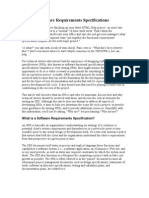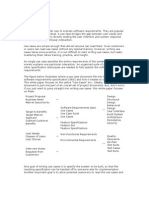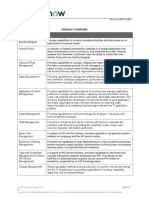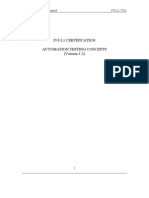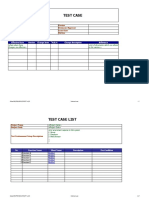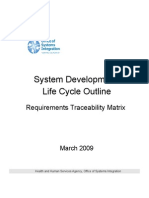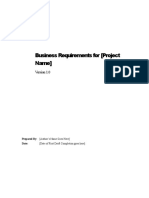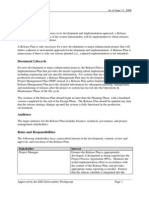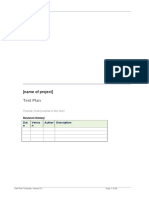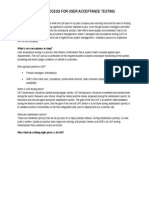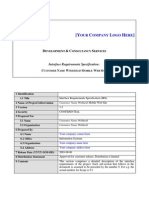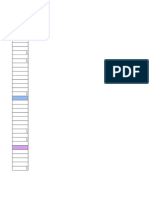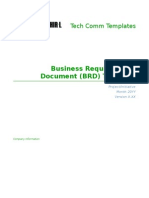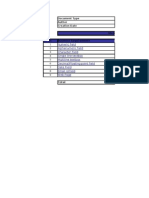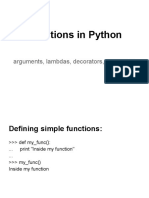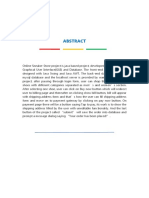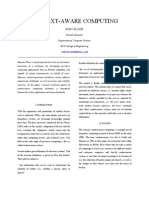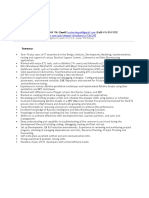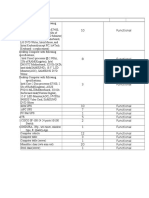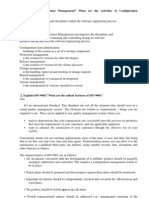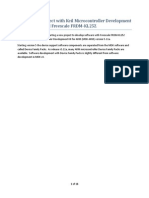100% found this document useful (1 vote)
620 views5 pagesRTM Guide for QA Professionals
An RTM (Requirements Traceability Matrix) maps requirements to test cases to ensure all requirements and functionality are tested. It includes the requirement ID, description, and traces each requirement to related design specifications, test cases, and test scripts. There are three main types: forward traceability maps requirements to test cases; backward traceability maps test cases to requirements; and bi-directional traceability ensures all requirements are covered by test cases and analyzes the impact of changes. To create an RTM, testers write test cases based on requirement documents, then identify the technical requirements and business requirements each test case verifies and notes them in the test case details.
Uploaded by
Angelica Camille MallariCopyright
© © All Rights Reserved
We take content rights seriously. If you suspect this is your content, claim it here.
Available Formats
Download as DOCX, PDF, TXT or read online on Scribd
100% found this document useful (1 vote)
620 views5 pagesRTM Guide for QA Professionals
An RTM (Requirements Traceability Matrix) maps requirements to test cases to ensure all requirements and functionality are tested. It includes the requirement ID, description, and traces each requirement to related design specifications, test cases, and test scripts. There are three main types: forward traceability maps requirements to test cases; backward traceability maps test cases to requirements; and bi-directional traceability ensures all requirements are covered by test cases and analyzes the impact of changes. To create an RTM, testers write test cases based on requirement documents, then identify the technical requirements and business requirements each test case verifies and notes them in the test case details.
Uploaded by
Angelica Camille MallariCopyright
© © All Rights Reserved
We take content rights seriously. If you suspect this is your content, claim it here.
Available Formats
Download as DOCX, PDF, TXT or read online on Scribd
/ 5



